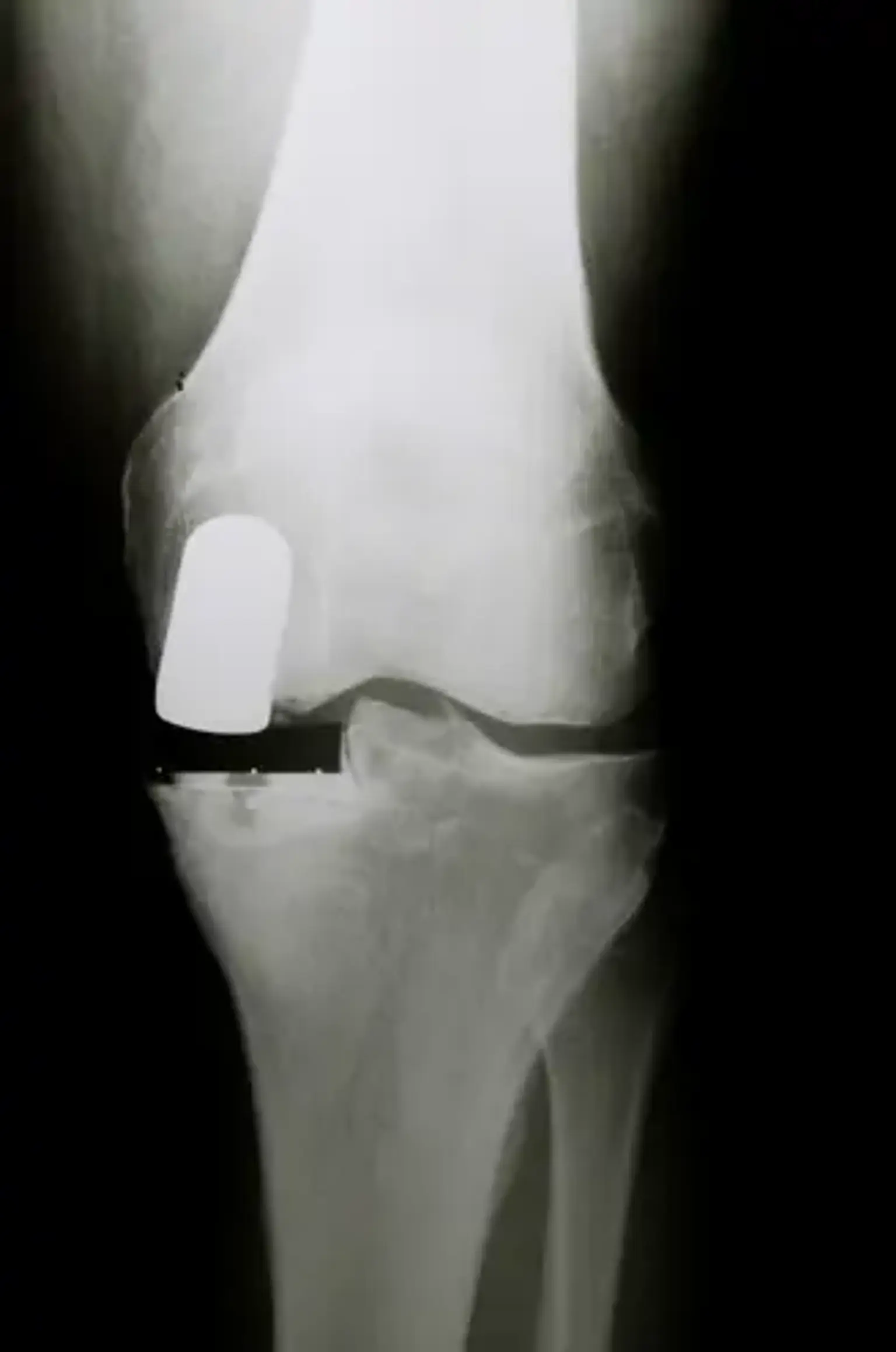Partial Knee Replacement (PKR)
Overview
Knee replacement for osteoarthritis of the knee is a frequent and successful operation. For late-stage medial compartment osteoarthritis of the knee, there are two surgical options: partial knee replacement (PKR), in which just the diseased compartment of the knee is replaced, or total knee replacement (TKR). In contrast to total knee replacement, partial knee replacement replaces only the damaged or diseased segment of the knee with a prosthesis. PKR is a less common treatment than complete knee replacement.
